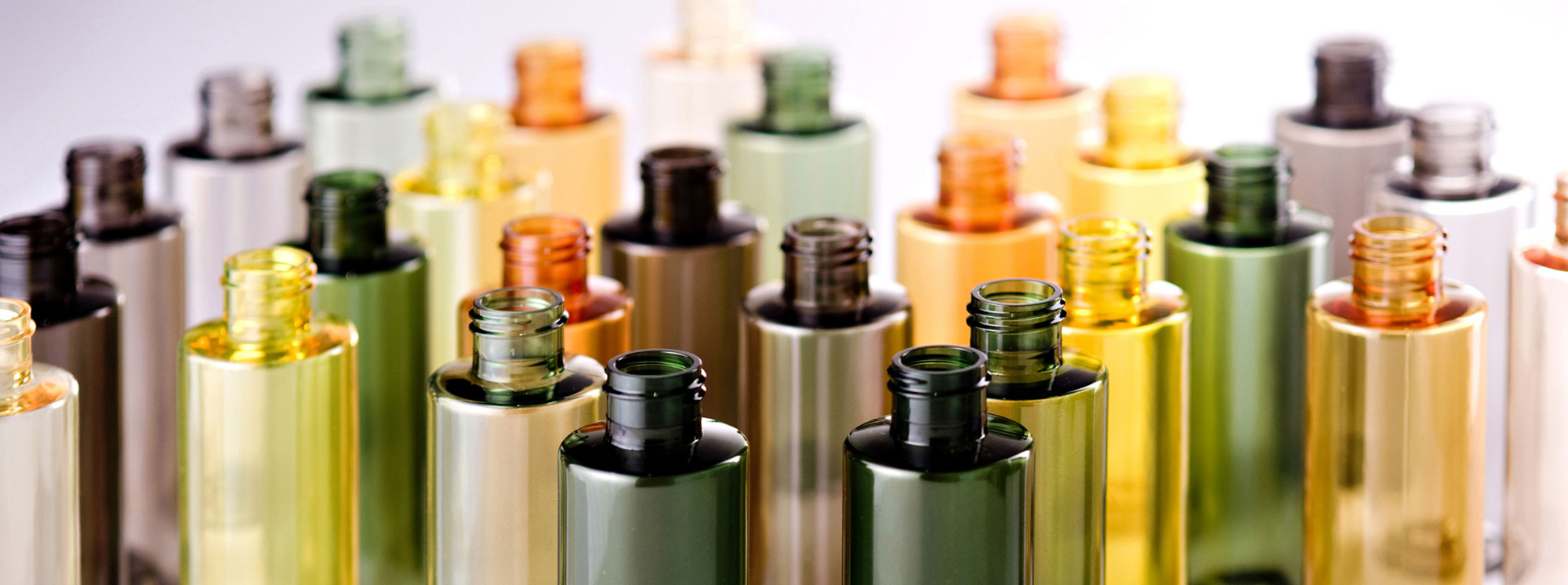The choice of a colorant will depend on many factors, but we highlight two main ones: the plastic to be colored and the final application. It is necessary to take into account aspects such as its fluidity index, if it is transparent or not, if it is semi-crystalline or amorphous, if it is a more or less shiny or matte plastic, its melting or processing temperature or if the plastic incorporates some type of filler or fiber additive in its formulation, among other aspects.
Type of colorant
Colorants for plastics can be either solvent dyes or pigments.
Solvent dyes as his proper name says are soluble in the plastic, so they mix very easily and are usually used to color transparent plastics, usually amorphous polyesters.
Soluble dyes have a much greater ability to migrate into porous plastics than pigments, allowing a range of bright, vivid colors to be obtained once the material has been pretreated. Those are especially useful for coloring transparent plastics, as they can easily penetrate the material. On the other hand, insoluble pigments are not as suitable for coloring plastics due to their inability to migrate.
Coloring strength
From the point of view of tinting capacity or coloring strength organic pigments are more effective than inorganic pigments, and result in brighter and more brilliant colors at lower percentages 0.2-0.5 % versus about 2 %.
Plastic soluble colorants are easier to apply and provide a more uniform and consistent color layer than pigments, which have less capacity to migrate depending on the type, besides, they are easier to mix and homogenize.
It should also be noted that plastic-soluble colorants are more stable and have a longer shelf life than pigments.
Final application
When considering the final application, the choice of colorant must take into account the durability of the colored article, UV radiation, temperature of use, chemically aggressive environments, etc. or possible migrations.
Plastic soluble dyes are less prone to fade over time than pigments when exposed to light.

